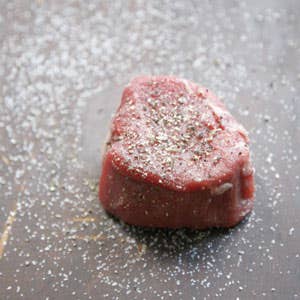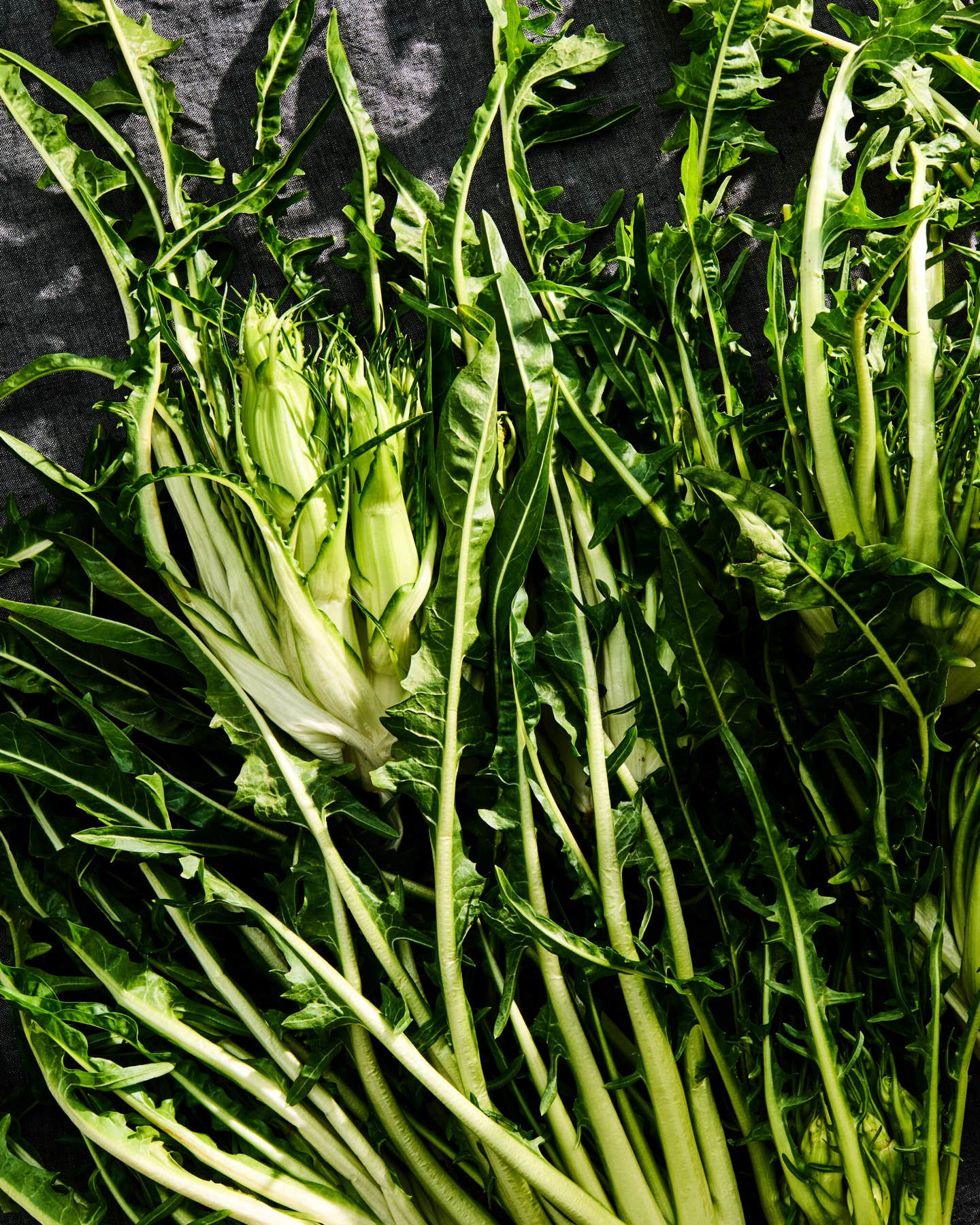
The name in French means dainty filet, but the filet mignon has a cachet among American eaters that is anything but petite. This lean and singular cut of beef—the most tender in the steer—has been a potent symbol of refined indulgence at least since the American writer O. Henry invoked "filet mignon with champignons" in The Four Million, his 1906 story collection about New York City strivers. There are richer, more flavorful steaks—rib eye, flat iron, strip—but none lend themselves to elegant old-world preparations the way the filet does, including wine-enriched pan sauces, pepper crusts, and classical French stock-based sauces. Boneless and containing only a tiny amount of fat marbling, the filet cooks swiftly and calls for rich, boldly flavored accompaniments. The filet mignon is cut from the tenderloin, a long, club-shaped muscle that extends along the animal's backbone, starting from the primal cut known as the sirloin, near the animal's neck, and tapering to a point inside the short loin, a muscle at the rear of the steer. The tenderloin, which owes its tenderness to the fact that it gets virtually no exercise during the steer's lifetime, can be bought whole and then roasted or butchered into smaller cuts, among them the filet (also called tournedos) and chateaubriand (usually a thicker roast, cut from the center). (T-bone and porterhouse steaks contain a cross-section of the tenderloin as well.) Banking on filet mignon's reputation, butchers also frequently apply the term filet to the tenderloin as a whole. As for the filet mignon's price tag, chalk it up to high demand and low supply: there are only two six-to-eight-pound tenderloins in a 1,200-pound steer.
Keep Reading
Continue to Next Story










